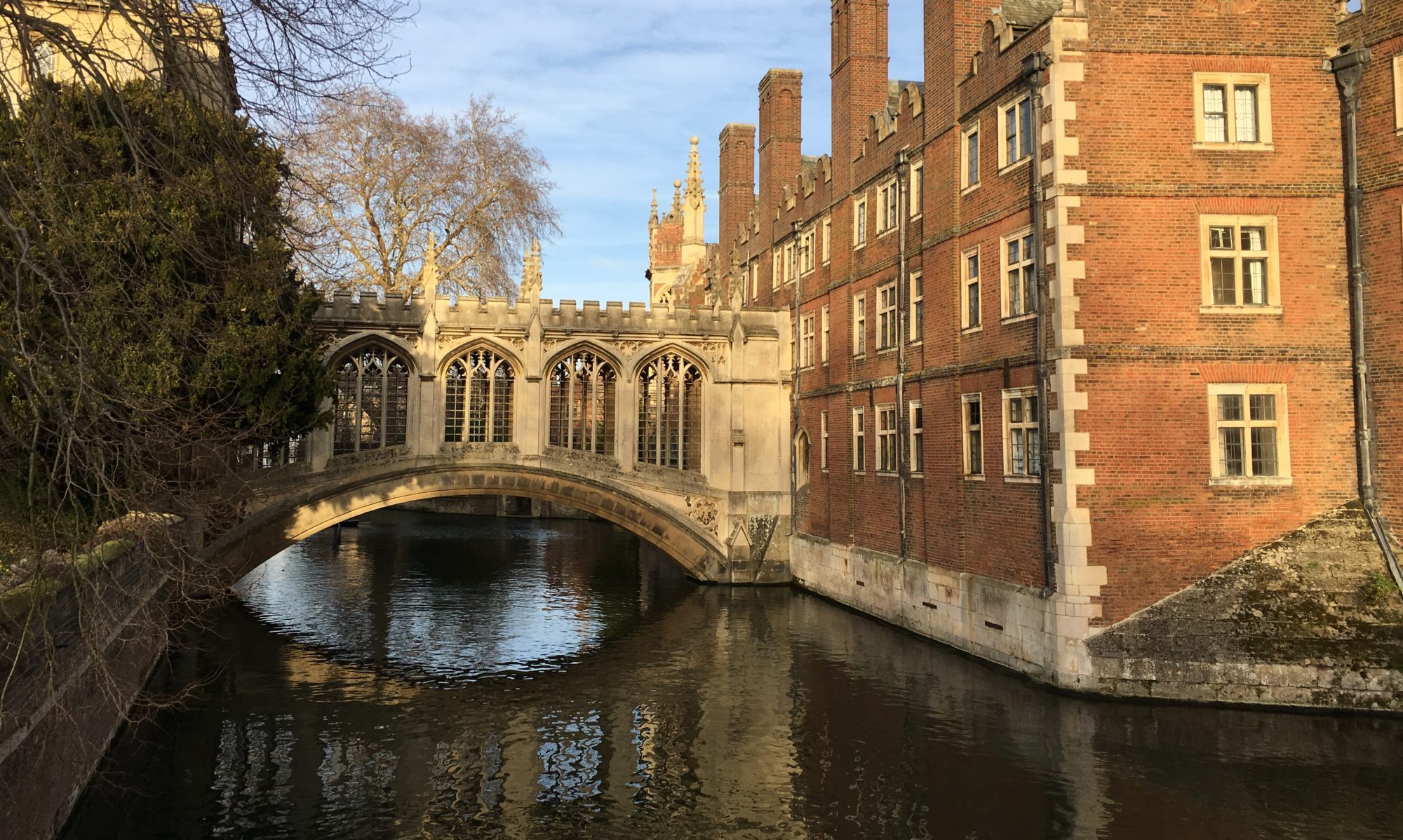London is less than an hour’s express train ride from Cambridge. This has probably given me a bit of a case of “close enough to go anytime so I don’t.” Before the pandemic, I went occasionally to concerts and museums in London, always accompanied by a little wandering. But nothing like proper exploration (let alone top tourist attractions), which I could always do another time. Since the pandemic, repeated national lockdowns and Covid caution have kept me away until the last few months. It’s a shame, because London is like Cambridge on steroids for a place collector like me—nearly infinite nooks and crannies. The clock is ticking and I’m learning not to take London for granted.
The theatre district of the West End of London, comparable to Broadway in New York City, is one place I hadn’t managed to visit. So, recently, when TodayTix alerted me about a sale for West End tickets, I went for it, choosing the musical Come from Away on the next weekend. It also happened to be a weekend I was moving house, but like I said, London is so close you can do an evening or half-day and still get your money’s worth. So, another little wandering glimpse. Without any real plans other than wandering, I took an early afternoon train the day of the play. I had to go to London Liverpool Street Station because the slightly quicker route to Kings Cross Station was disrupted. This was a serendipity, because although it was several miles from the West End, it placed me close enough to the River Thames to do my wandering along the river. I’ve always been drawn to the Thames and its thoroughfares and bridges and waterfront skyline when I visit London—never mind its slight stench. So while the musical and West End were great, my walk along the Thames to get there ended up being an equally vivid highlight.











